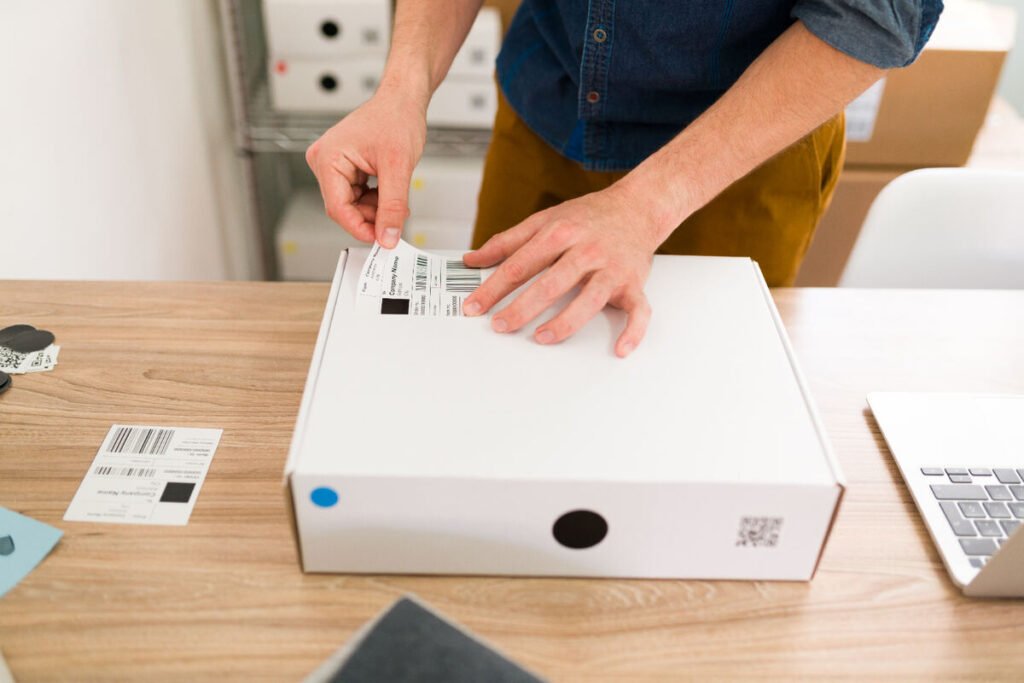Physical Address
304 North Cardinal St.
Dorchester Center, MA 02124
Physical Address
304 North Cardinal St.
Dorchester Center, MA 02124

In a marketplace flooded with knockoffs, fake products, and low-quality alternatives, learning how to identify and avoid cheap imitations has never been more critical. Whether you’re shopping for fashion, electronics, or skincare, poor-quality dupes can cost you more in the long run. This guide offers four proven tips to help you steer clear of imitations and invest in quality that truly lasts.

Authentic products usually maintain consistent and high-quality branding. From logo placement to typography and color schemes, brands put significant effort into creating distinct, recognizable packaging. Imitations often mimic this superficially but miss key details that indicate authenticity.
Look out for:
Websites like Consumer Reports often review authentic products and packaging, providing visual references to help you distinguish the real from the fake. Many luxury brands even have specific visual guides on their websites, allowing customers to spot the differences.
A practical step is to compare the questionable product with images from the brand’s official website. Look at details like barcodes, color shades, and even the way items are wrapped or sealed. Genuine items are more likely to have precise and uniform packaging.
One of the easiest ways to avoid cheap imitations is by purchasing from trusted sources. This includes brand websites, verified retailers, and reputable e-commerce platforms that guarantee authenticity and offer buyer protection.
Be cautious with:
Use tools like Fakespot to analyze seller credibility and product reviews. Retailers such as Amazon and eBay also indicate whether a seller is verified or backed by authenticity guarantees. Shopping directly from a brand’s official site is always the safest route.
Also, consider using credit cards or payment platforms like PayPal that offer dispute resolution if you end up with a counterfeit product. Keeping receipts and transaction histories can also support your case if you need to return or report the item.
Genuine buyers often share their experiences through detailed reviews, including photos and videos of the product in use. These insights are invaluable for spotting differences in quality, design, and performance that aren’t always apparent in product listings.
On platforms like YouTube, influencer unboxings and reviews provide a firsthand look at real vs. fake comparisons. For instance, unboxing videos of electronics can reveal subtle but critical distinctions in cable quality, screen resolution, or included accessories.
Check out forums like Reddit’s r/Scams or product comparison groups where users break down their findings. Websites like Trustpilot and Sitejabber aggregate user reviews for thousands of brands and products, helping you make informed purchasing decisions based on real consumer experiences.
It’s also smart to cross-check review dates and watch for overly generic feedback. Fake reviews often include vague praise like “great product!” with no specifics. Be sure to look for photos, detailed pros and cons, and honest assessments.

Many premium brands include serial numbers, holographic labels, or QR codes that can be verified online. These security features are difficult for counterfeiters to replicate and offer peace of mind when purchasing high-end items.
If you’re buying luxury goods like handbags, sneakers, or watches, always request certificates of authenticity or proof of purchase. Some brands also offer apps or verification portals to scan barcodes or QR codes directly.
For example:
Third-party authentication services also exist, particularly for luxury fashion. Services like StockX, GOAT, and TheRealReal specialize in verifying the authenticity of sneakers, apparel, and accessories before they’re shipped to buyers.
It’s essential to develop a radar for suspicious listings or sellers. Common red flags include:
Don’t underestimate the power of your instincts—if something feels off, it probably is. Reach out to the brand directly if you’re unsure about a product’s authenticity, especially when buying secondhand or from marketplaces.
Another useful tool is using browser extensions that warn you about scam websites or untrustworthy domains. Programs like Norton Safe Web or McAfee WebAdvisor add an extra layer of protection when browsing or shopping online.
Buying counterfeit products may seem like a good deal at first, but the consequences can be serious. Beyond wasting money on poor-quality items, fakes often come with safety risks. Imitation electronics may lack proper safety certifications, increasing the risk of electrical faults or fires. Fake cosmetics can cause skin irritation, allergic reactions, or even contain harmful ingredients.
Supporting counterfeit markets also undermines legitimate businesses and can be linked to unethical labor practices and environmental harm. By choosing authentic products, you support fair labor standards, product safety, and sustainable manufacturing practices.
Helping friends and family understand the dangers of counterfeit goods creates a ripple effect of smarter, safer shopping. Share comparison photos, review links, and your own experiences with others to raise awareness.
If you work in retail or customer service, be proactive about educating customers on how to spot fake merchandise. Brands are increasingly publishing resources on their websites to empower buyers with the knowledge to make informed choices.
Consider joining online communities that share information about product authenticity. These spaces often exchange valuable tips, alerts about trending scams, and how-to guides on identifying real products.
Cheap imitations are everywhere, but with a discerning eye and these proven tips, you can protect your wallet and your peace of mind. By purchasing from reliable sources, inspecting products closely, and leveraging online resources, you’ll ensure that your investments go toward quality—not regrets.
Start with one change today: whether it’s verifying a seller, scanning a QR code, or reading a review, small actions make a big difference. Don’t let clever knockoffs fool you—stay informed, shop smart, and share these tips with others to help them avoid costly mistakes too.